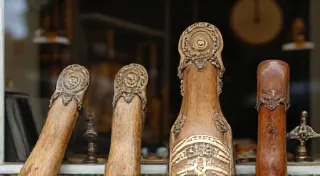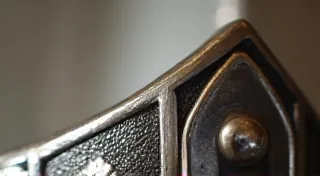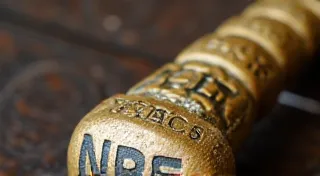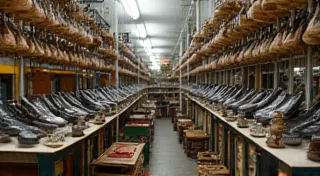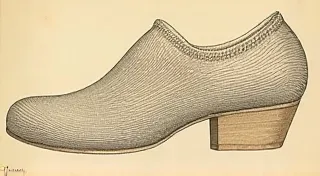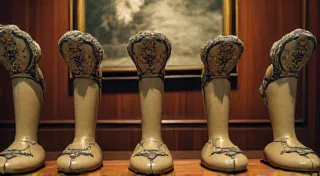The Value of Vintage Shoehorns: Factors Affecting Price
For those captivated by the charm of yesteryear, collecting vintage shoehorns offers a unique intersection of fashion, functionality, and artistry. While perhaps not as mainstream as stamps or coins, the world of vintage shoehorn collecting is thriving, with dedicated enthusiasts appreciating the history and craftsmanship embodied in these often-overlooked accessories. But how does one determine the value of a vintage shoehorn? It’s more complex than simply looking at age; a confluence of factors contribute to its worth. This article will explore those factors, guiding you through the intricacies of assessing the value of your treasured shoehorn finds.
A Brief History: More Than Just a Tool
Before diving into value, it’s helpful to understand the history of the shoehorn. While rudimentary versions existed for centuries, the ornate and beautifully crafted shoehorns we collect today largely emerged during the 18th and 19th centuries. The rise of tightly-fitting boots and shoes, coupled with a societal emphasis on elegance and ease of dressing, spurred the development of increasingly elaborate designs. Shoehorns became status symbols, often personalized and presented as gifts. Their popularity as a fashion essential truly cemented their place in society, and understanding the rise of the shoehorn offers a fascinating look into changing fashions and societal norms. They transitioned from practical necessities to treasured keepsakes, often passed down through generations, further contributing to their potential collectible value.
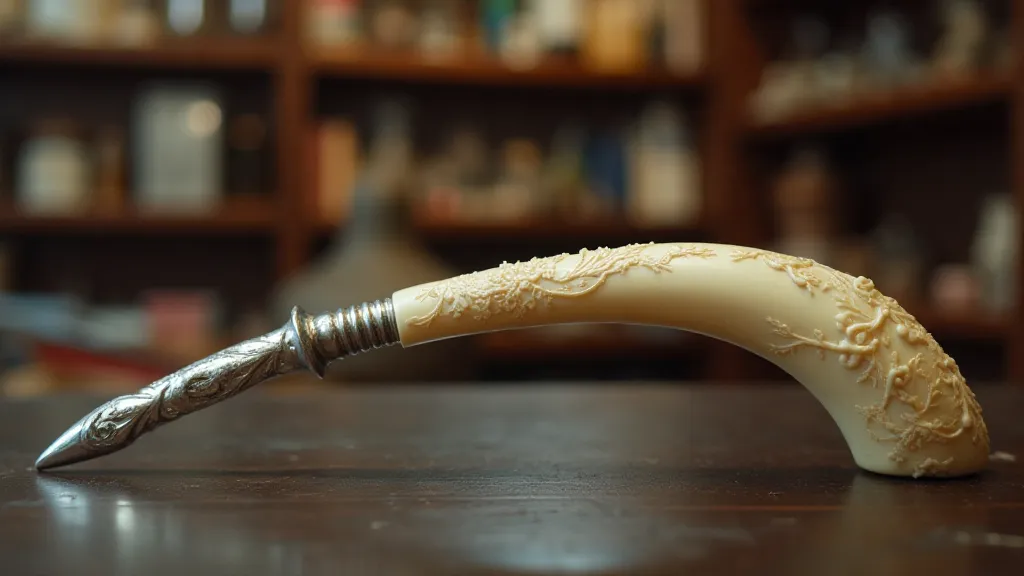
Rarity: The Cornerstone of Value
Like any collectible, rarity significantly impacts value. Several factors contribute to a shoehorn’s rarity:
- Material Scarcity: Shoehorns were crafted from a wide array of materials – ivory, bone, wood, metal (silver, brass, bronze, steel), and occasionally even precious metals like gold. Ivory, particularly elephant ivory, has become increasingly restricted and regulated, making vintage ivory shoehorns rarer and often more valuable (though ethical considerations are paramount – see the “Important Considerations” section below). Similarly, shoehorns made from less common woods like ebony are sought after.
- Maker Identification: Many shoehorns bear maker's marks, often in the form of hallmarks or engraved names. Well-known silversmiths, jewelers, and artisans command higher prices for their work. The presence of a highly desirable maker’s mark instantly elevates a shoehorn's value. Researching maker's marks is a crucial skill for serious collectors.
- Design Uniqueness: While certain designs were common, truly unique or unusual shapes, carvings, or embellishments make a shoehorn rarer and more desirable. A shoehorn shaped like an animal, a figure, or featuring a particularly intricate scene is likely to be more valuable than a standard, straight design.
- Production Numbers: Limited edition or specially commissioned shoehorns were produced in smaller numbers, inherently making them rarer. Information on production numbers is often scarce, making research essential.
Condition is paramount in almost all collectibles. Vintage shoehorns are delicate objects, and the effects of age and handling can significantly impact their value. Here's a breakdown:
- Excellent Condition: An exceptional shoehorn will exhibit minimal wear. The finish is intact, the wood or bone is unblemished, and any metal components show little to no tarnish. These are the most desirable and command the highest prices.
- Good Condition: Some minor wear is expected. This might include light scratches, slight tarnish, or minor imperfections in the finish.
- Fair Condition: More noticeable wear and tear, such as cracks, significant tarnish, or repairs. Value is diminished, but the shoehorn may still hold interest for its historical significance or unique design.
- Poor Condition: Significant damage, such as large cracks, missing parts, or extensive repairs. Value is generally low, although parts may be useful for restoration projects.
Material Composition: A Spectrum of Worth
The materials used in construction heavily influence a shoehorn’s value:
- Precious Metals (Gold, Silver): Shoehorns featuring gold or solid silver (rather than silver-plated) are highly valuable, especially if they bear maker's marks.
- Ivory & Bone: As mentioned earlier, ivory shoehorns are desirable, but subject to ethical and legal considerations. Bone shoehorns are generally less valuable but still appealing, particularly if intricately carved.
- Wood: Exotic woods like ebony and rosewood command higher prices than common woods like oak or maple. The quality of the carving and the overall design significantly impact value.
- Metal (Brass, Bronze, Steel): While generally less valuable than precious metals, these can still be desirable depending on the design and maker.
Maker & Design: Craftsmanship and Style
The maker’s reputation and the shoehorn’s design play a crucial role. Researching maker's marks is vital. Some well-known makers command premium prices due to their skill and artistry. The history of such items often includes stories of famous shoehorn owners, adding to their intrigue and value.
- Hallmarks and Engravings: Look for hallmarks, engraved names, or other identifying marks. These are clues to the maker’s identity.
- Design Styles: Shoehorns reflect the design trends of their time. Victorian, Art Nouveau, and Art Deco styles are particularly sought after.
- Unusual Features: A shoehorn featuring a whimsical design, a personalized engraving, or an unusual material combination is likely to be more valuable.
Beyond the inherent qualities of the shoehorn, its historical significance can also impact its value. A shoehorn that belonged to a famous person, or one associated with a significant historical event, could be exceptionally valuable. Documentation, such as provenance (a record of ownership), strengthens the claims of historical significance.
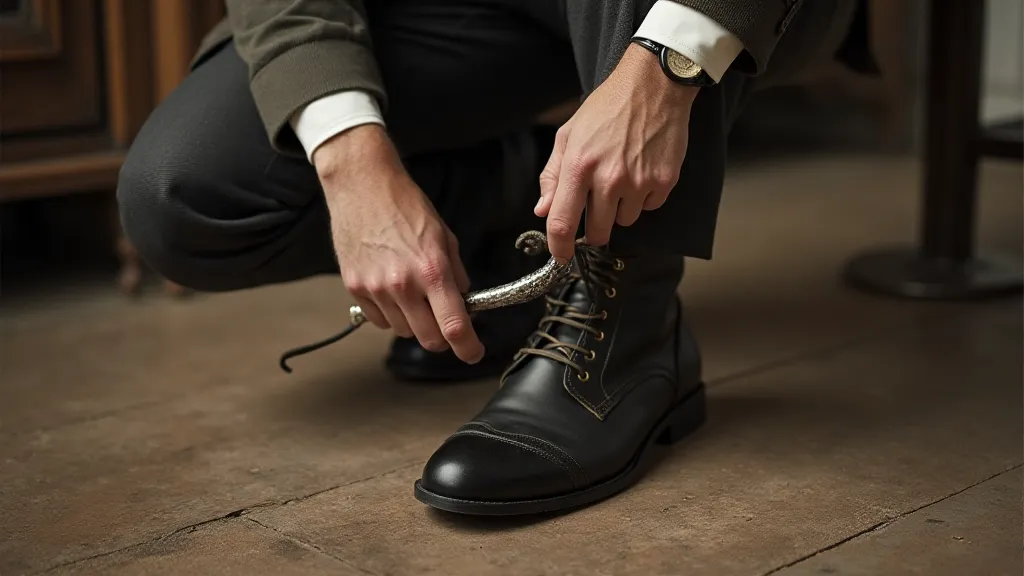
Important Considerations & Ethical Responsibility
Ethical Sourcing of Ivory: The use of ivory is a sensitive issue. Many collectors are now choosing to avoid ivory altogether due to ethical and environmental concerns. If you do acquire an ivory shoehorn, ensure it was legally obtained and complies with all applicable regulations. Supporting sustainable alternatives is increasingly encouraged.
Legal Restrictions: Be aware of any legal restrictions on the sale or import of vintage items, particularly those made from protected materials like ivory.
Authenticity: Beware of fakes or reproductions. Thorough research and careful examination are essential for verifying authenticity. Seeking expert advice from experienced collectors or appraisers can be helpful.
For those interested in the tradition surrounding these elegant accessories, consider how shoehorns were used as gifts during Victorian times, a practice indicative of the era's emphasis on refined etiquette and personalized tokens of affection.
Collecting vintage shoehorns is a rewarding hobby, blending appreciation for craftsmanship, fashion history, and a touch of nostalgia. By understanding the factors that influence value, you can make informed decisions and build a collection you’re truly proud of.
